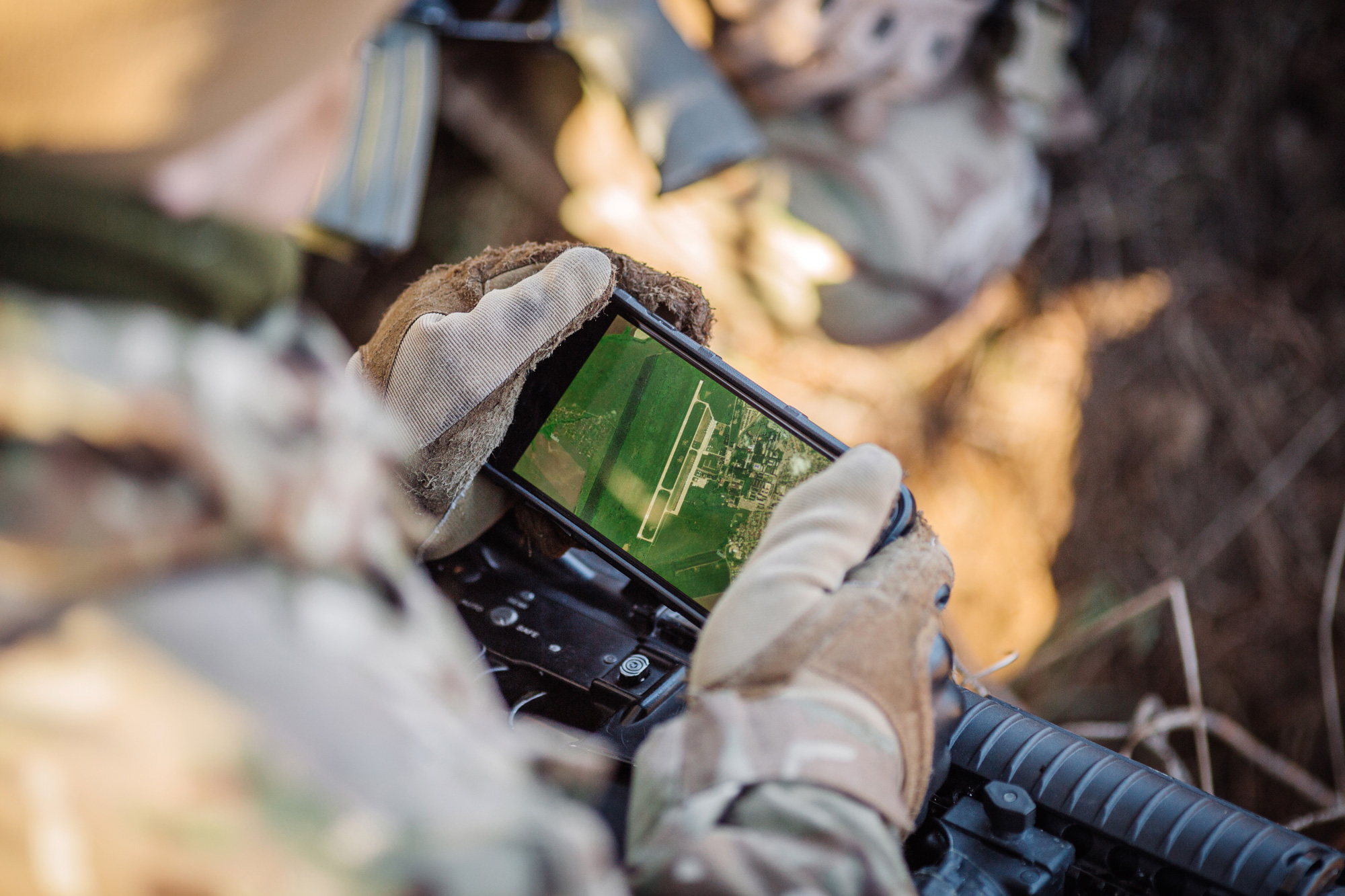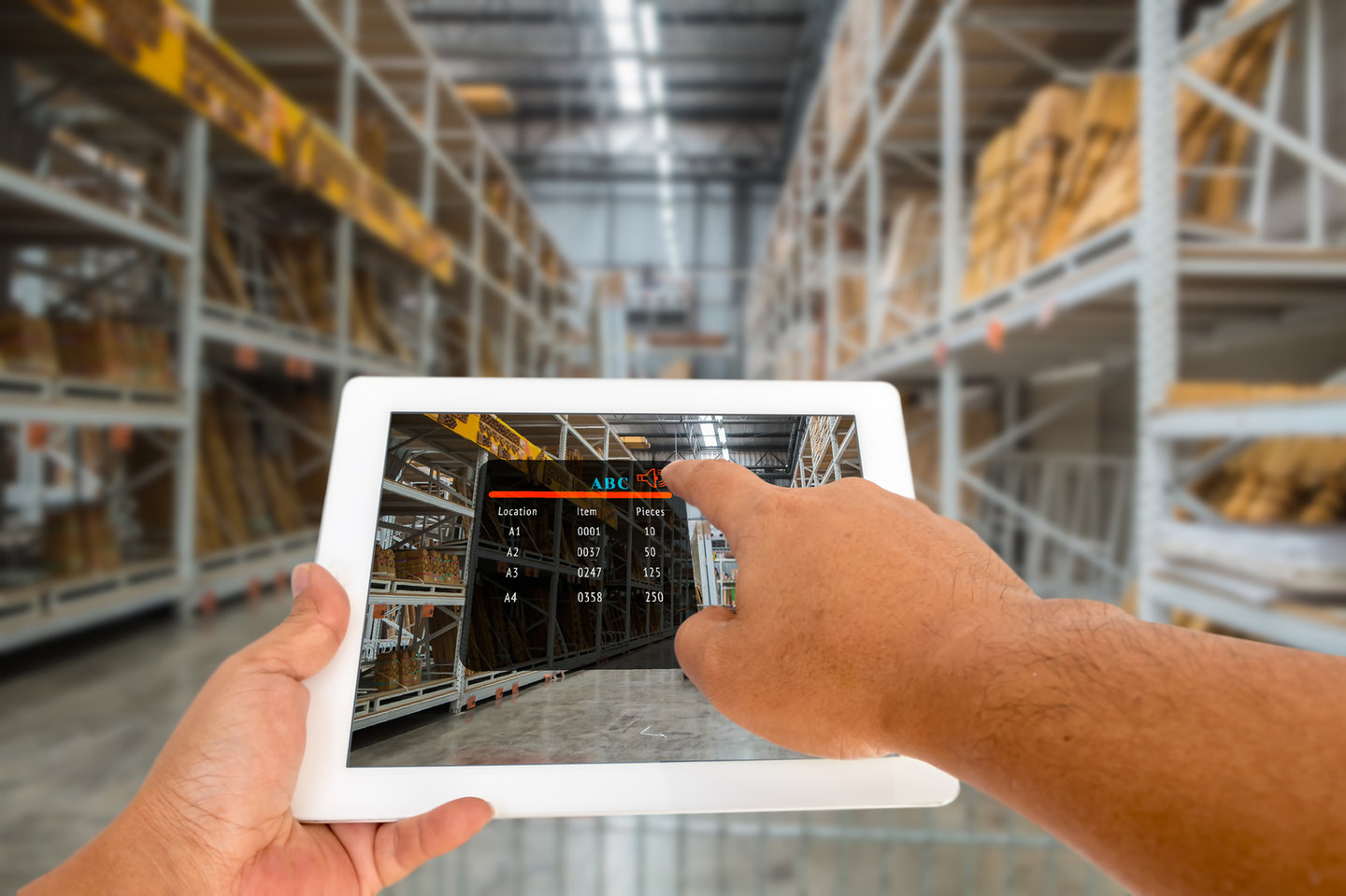Interview
A digital revolution: behind the scenes with the IDF
In the digital era, technological developments and information saturation present ever-evolving challenges to the Israel Defense Forces (IDF), primarily in the data application and operational activities. Joe Charlaff speaks with the IDF to find out how it has embraced the technology.

Militaries are looking to increase the range of tactical information available to unit commander on the ground, utilising information stored in the cloud. Credit: Shutterstock
Akey influencer in modern combat is the ability for unit and tactical-level commander to have reliable and relevant battlefield information at their fingertips. Within the IDF, the J6 and Cyber Defense Directorate takes the leading in the cyber domain to ensure that the military’s digital platforms are available to the relevant levels of command to ensure the tactical edge and operational superiority in the information field.
To this end, headquarters serving field brigades and divisions are receiving a new ‘Digital HQ’ kit, enabling the more effective use of information and decision making based on the data. For the IDF, its specialist Sigma branch is tasked with the responsibility to research, develop, and implement the latest in artificial intelligence (AI) and software development to keep the service operationally secure in the digital domain, and provide commanders with the information they need on demand.
Joe Charlaff spoke with Lt Col Mark Mendelman, head of C4I R&D in the Sigma branch, on how the digital domain has revolutionised military tactics, and the latest development from the IDF on its ‘Dror’ digital cloud-based information sharing system.
Joe Charlaff (JC): What is the Dror system and how does it work?
Lt Col Mark Mendelman (MM): We are in the midst of a new digital age and data-based revolution decision making process. The Dror system is a platform based on an operational cloud, which provides commanders with accessible information in the IDF slang language, adapted to their region, while being based on shared data - in context of time and space, from the brigade to the command and collects all the relevant data related to events, building a picture of the current action for commanders.
Messages coming from sensors in the region are received, along with the history, and logical connections between events. We are trying to bring and use those advantages of the digital and data revolution on the battlefield, first of all for the soldier’s actions and also to enable a more accurate decision-making process.
Joe Charlaff (JC): How is the data network created and sustained?
Lt Col Mark Mendelman (MM): It is based on an extensive operational data platform. The data is collected in real time through sensors, which is sorted, and then creates an overview that provides information on a current situation in real time. It can be compared to “building blocks” that are each made up of intelligence pieces (usually gathered from drones) that add up to a new structure of data combining them together.
This is part of the work that the J6 and the [C4i Directorate's] Lotem Unit does in building the networks. Everything is always connected and everything we develop in the system is protected by the J6 cyber unit.
Joe Charlaff (JC): What platforms are able to be connected to the system?
Lt Col Mark Mendelman (MM): At the heart of the system, the IDF has a private cloud from which all data is collected to the platform, including real time alerts on current threats that affect the decisions in the field. Every area of operation is known as a “lake” (a specific database) and the officer is responsible for creating his own lake of data. However, all the lakes are accessible to all commanders.
In the past, there were various systems known as “legacy”, outdated computing software and/or hardware that is still in use, developed quickly and simply, with only one task to achieve. Today we understand how everything is connected and for that reason we saw the importance of creating a system that is connected with all the different sectors in the field.
There used to be only functional systems, that were supposed to only have one unique task, today we connect those standalone systems to a wide ecosystem. In today’s perspective, nothing stands on its own, everything is connected.
Any tool that provides operational intelligence and data is connected to the system. As an example, in the field, we can receive data from a drone and watch the movement of the tanks, while also being connected to the weapon systems. With the Dror system, you can receive all the different data and provide a wide view on the operational picture. If the subject is a drone, the operator needs to see the drone for it to be part of the ecosystem and the data collected by the drone is accessible to all.
Joe Charlaff (JC): Are legacy platforms able to be integrated into the Dror system, or are they effectively shut out of the network?
Lt Col Mark Mendelman (MM): It took time, but now we have, let's say at least 95% of the information, and we are doing the work on separating the system from the data which is being integrated. The most important thing is to get all the data and everybody in the army is working on accessing and connecting legacy systems into the data pools. It's not simple but its progressing all the time.
Joe Charlaff (JC): How has this network provided a real-world advantage to the IDF, and when?
Lt Col Mark Mendelman (MM): Knowledge is power. When something is happening and you are able to react based on real time data without collecting information, you are able to plan and then assess whether your plan is effective or not. The general perspective is that a human can only understand and analyse cognitive data of an hour, a day, or maybe a week. When requested to analyse a month- or year-long timeframe, that includes the analysing of probabilities, templates or repetitive events, the task is impossible for a human to complete.
A military example for such a task is the analysing of operational movements and actions in a certain region over a long period of time, year by year. As part of the analysis process, different variables need to be taken into consideration, such as weather changes. After collecting that data and analysing it, it is possible to provide a deeper understanding of the situation as well as insight on the geographic affects, and then recommend different options for optimisation of the force’s actions in the field.
Joe Charlaff (JC): What did the Dror system replace, and how did it take to create the system?
Lt Col Mark Mendelman (MM): Because we were focused on providing all the data in any given operational system, it replaced a lot of manual work. The commanders used to receive information through multiple systems, each showing them what was happening only in one specific area. For example, they would have a system for intelligence, ground forces assistance system, but combining all systems together and arranging them on a timeline was the main goal.
We started in the field by exploring what was really needed, it took three months to understand. We work in a very efficient manner, and due to the small amount of resources and manpower that we have, it is important for us to deploy and accurately understand the needs in the field in order to provide a relevant and precise solution. Once every few weeks we update the version of the system.
Joe Charlaff (JC): What plans are there to upgrade Dror throughout its lifetime?
Lt Col Mark Mendelman (MM): We are trying to digitise, always adding more database and smart analysis, and adding more models starting by providing a combined operational picture, and then added some geo-based analytics. The next step is prediction. We’ll try to develop the variable we can try to help predict with some probability what could happen based on what is currently happening, and what has been happening in the last few years.
The system now is mainly used for the units that are conducting routine security missions along the borders. We are fully integrated in the area near the Gaza Strip. In the south, the system was used in the last two campaigns, during the recent Operation Breaking Dawn, we were called during the night, packed our bags and went to the field. We were completely operational during these campaigns.
Joe Charlaff (JC): When is the expected out-of-service date for the Dror system?
Lt Col Mark Mendelman (MM): The system is developed as a platform of, cloud-based micro services, it has many small parts so you can always upgrade a different part without having to upgrade the whole system. I think in five or six years, there will be a system that will be the same concept, but maybe every little part will be already upgraded. I believe that you shouldn't try to build things that will last forever, you need to try to build the things that can as easily adapt to change, and then can be upgraded all the time.

Credit: SHutterstock/ Montri Nipitvittaya